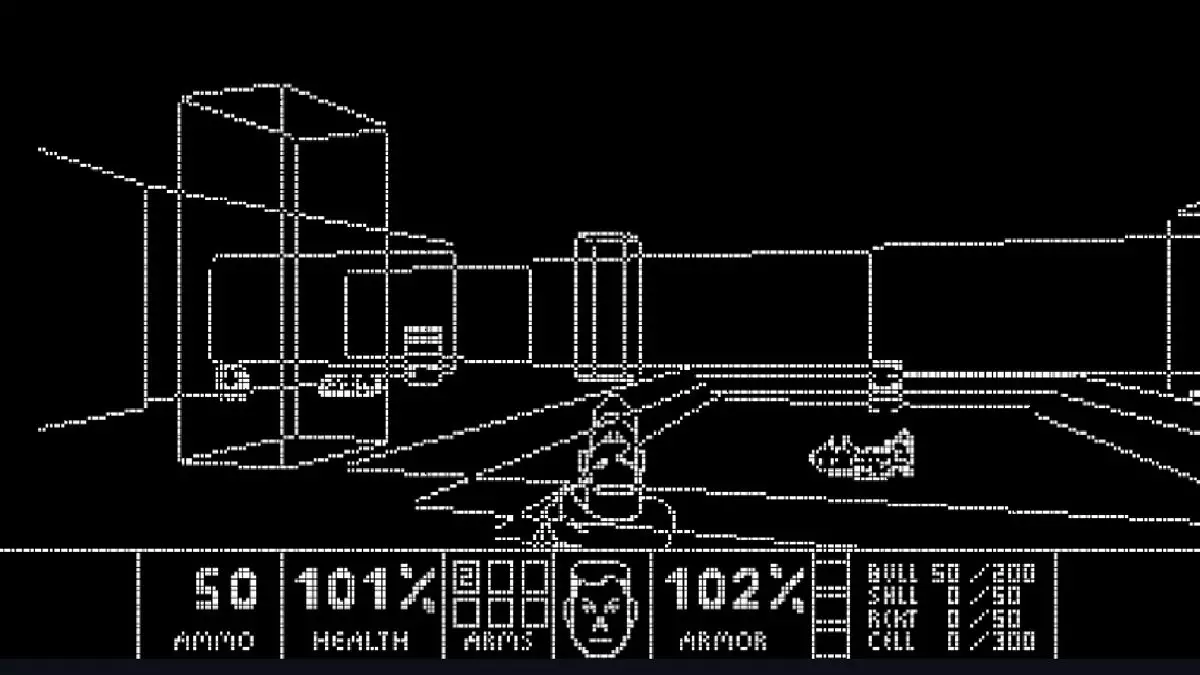Back in 1993, ID Software introduced the world to Doom, a groundbreaking first-person shooter that not only shaped the gaming landscape but also spawned a unique phenomenon: porting the game to the most unconventional hardware imaginable. This bizarre trend highlights the creativity and resourcefulness of programmers who refuse to let traditional boundaries limit the iconic title. From running Doom on a series of unlikely devices—including a WiFi-enabled toothbrush and even a cluster of moldy potatoes—these ambitious projects often tread the line between technological experimentation and absurdity.
Enter Quandoom, a tantalizing project born out of this whimsical phenomenon, crafted by GitHub user Lumorti. The appeal lies in its aspiration to adapt Doom to quantum computing platforms. While the aim sounds lofty and somewhat far-fetched, the project reflects a fusion of nostalgia for the classic game and the aspiration to push the limits of computational capabilities. However, the feat is challenged by the current limits of quantum computer technology. Lumorti acknowledges that, despite the remarkable ambition, no existing quantum computer possesses the requisite power to fully operate Quandoom in its entirety.
To run Quandoom in its intended environment, the project requires a staggering 70,000 qubits and 80 million gates, vastly exceeding the current capability of the most powerful quantum computer, Atom Computing’s machine, which currently boasts just 1,225 qubits. In practical terms, this translates to needing about 70 times today’s quantum power to experience even the beginning level of this iconic game. The design of Quandoom, however, showcases more than a mere demonstration of ambition; instead, it speaks to the potential of quantum computing, a field that still grapples with limitations but hints at vast capabilities in the future.
While full adaptations of video games on quantum architectures remain largely theoretical, the Quandoom project demonstrates a creative approach to bridging the past with the future of gaming. The initial level of Doom, reimagined with wireframe graphics and a notably simplified feature set—without music, sound or complex AI behaviors—highlights both the ambitious vision and practical constraints facing developers working on quantum platforms. As much as quantum computing interests theorists and hobbyists, it has yet to drastically influence mainstream computer applications.
The backend complexity behind Quandoom is, quite frankly, mind-boggling. According to Lumorti, the engine comprises roughly 8,000 lines of C++ code designed to enable reversible binary operations on quantum registers. Simple tasks such as flipping qubits in the context of another register’s values become emblematic of the challenges in this new form of programming. Furthermore, the necessity for specialized systems—an ancilla, garbage collection, and quantum subroutine systems—displays the intricacies of creating functional software within an unproven technological framework.
While the project can be appreciated for its creative philosophy, it also exemplifies the steep learning curve involved in quantum programming. The balance between conventional game development and the rigors of quantum algorithms is no trivial task. For many developers and enthusiasts, the task of understanding these advanced concepts may feel daunting, especially when compared to traditional coding practices.
Reflections on the Future of Gaming
As developers toy with the idea of running classic games on radically different platforms, the pathway to explore uncharted territories of technology becomes undeniably intriguing. Projects like Quandoom serve as a reminder that innovation often necessitates thinking far beyond existing frameworks and norms. They ignite discussion about the intersection of gaming, technology, and, more importantly, the evolution of how we perceive and interact with machines.
While newcomers might find the idea of quantum gaming disorienting, it invites all tech enthusiasts to reconsider what is possible for the future. Doom, a game that has seen its iterations transcend countless platforms, continues to serve as a test bed for the audacity of technological advancements. Meanwhile, as we look to the horizon of gaming and computing, who knows what possibilities lie ahead—perhaps a rat brain mastering a quantum version of Doom is not too far from realization.
In sum, the audacious spirit of adapting classic games for quantum hardware showcases the ever-expanding creativity of programmers and imagines a future where classics like Doom are not just played, but also understood through the lens of next-generation technologies.

